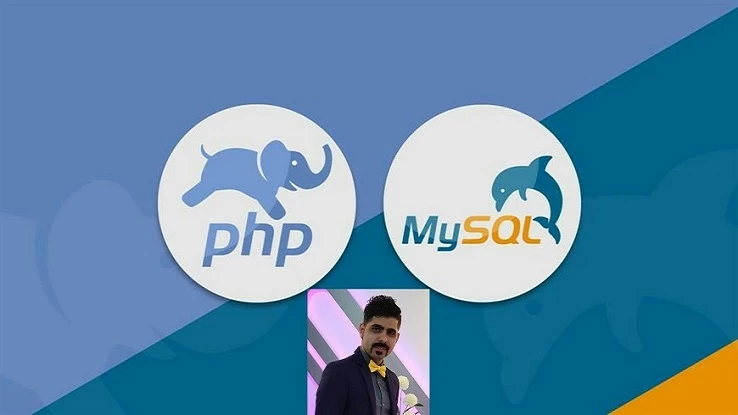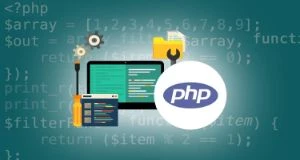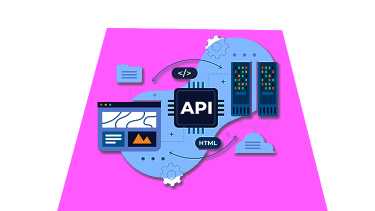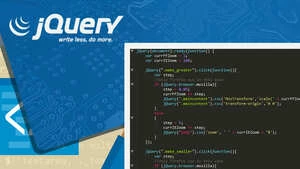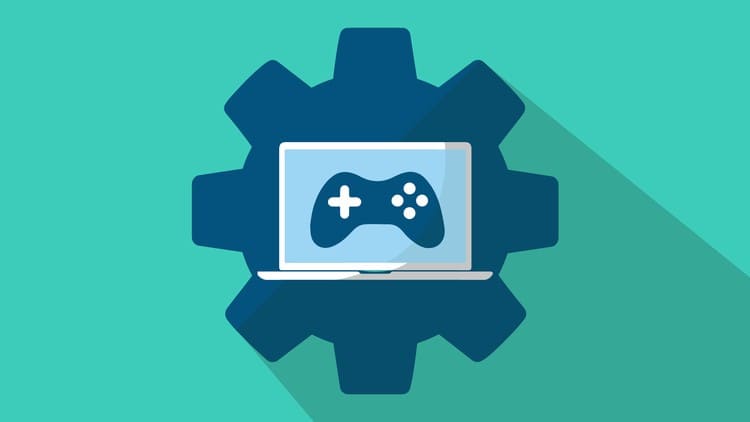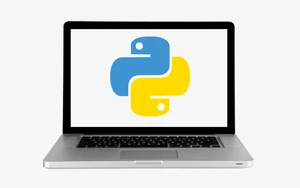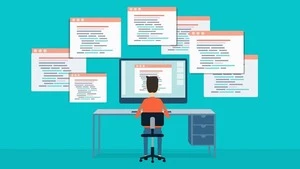Pair programming, a practice where two programmers collaborate on a single computer, has been gaining traction recently. This method, which is part of the Agile software development approach, has shown to be highly effective in generating high-quality code, promoting a learning culture, and boosting overall productivity. Introduced by Kent Beck in his book, *Extreme Programming Explained*, pair programming involves one programmer, known as the driver, actively coding, while the other, the navigator, reviews the code in real-time and offers suggestions for improvements or alternative solutions. The programmers switch roles at regular intervals, ensuring both are engaged in the process and contributing their unique insights and expertise. This practice not only enhances code quality but also improves problem-solving and communication skills.
This article will explore the many benefits of pair programming, including its growing importance for development teams. Additionally, we will examine various techniques to maximize the effectiveness of this collaborative approach. By adopting pair programming and its associated methods, development teams can refine their workflow, leading to successful projects and fostering a positive work environment and professional growth for developers.
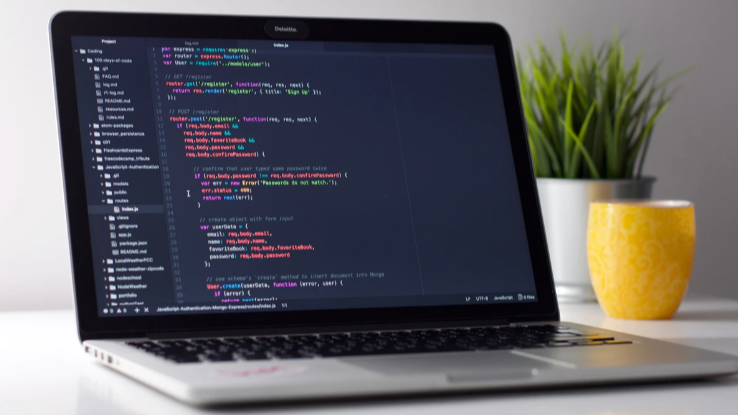
Learn The GDScript Programming Language
Last Updated: 2020-10-04
An easy to learn programming language
Pair Programming Benefits
Improved Code Quality
A key advantage of pair programming is the enhancement of code quality. With two programmers collaborating, errors are more easily identified, and suggestions for improvements are more effectively made compared to working individually. The ongoing review and collaboration ensure that the code is well-organized, efficient, and compliant with coding standards, leading to fewer bugs, greater maintainability, and a higher overall quality of work.
Increased Test Coverage and Code Reliability
When two developers collaborate, there’s a greater chance that a broader range of test cases will be considered and applied. This expanded test coverage enhances code reliability, as potential issues are more likely to be identified and resolved during the development process.
Continuous Feedback Loop
Pair programming creates an ongoing feedback loop between the two developers. The navigator can offer instant feedback on the code being written by the driver, allowing errors and issues to be addressed immediately. This continuous feedback helps prevent the buildup of technical debt and keeps the codebase clean and maintainable.
Improved Code Ownership and Accountability
Pair programming promotes a sense of shared ownership of the code, as both developers are jointly responsible for its quality. This shared accountability encourages developers to take greater pride in their work, resulting in enhanced responsibility and commitment to the codebase. This collaborative approach leads to higher overall code quality and ensures that each team member is actively involved in maintaining and improving the project.
Enhanced Decision-Making Process
When developers work in pairs, they can discuss potential solutions and evaluate the advantages and disadvantages of each option before implementing them. This collaborative decision-making process often leads to more informed choices, resulting in more effective and efficient solutions.
Enhanced Problem-Solving Skills
Pair programming promotes the exchange of ideas and solutions, enhancing problem-solving skills. Working together allows two programmers to approach challenges from different viewpoints and generate innovative solutions. This collaborative environment supports ongoing learning and development, leading to better decision-making and improved overall development skills.
Greater Focus and Reduced Distractions
Pair programming can help developers stay focused and minimize distractions. Working together increases the likelihood of remaining on task and reduces the temptation to check emails or social media. This enhanced concentration results in higher productivity and quicker task completion.
Knowledge Sharing and Skill Development
Pair programming fosters a culture of knowledge sharing within teams. When developers with varying skill sets and experience levels collaborate, they can learn from each other and enhance their own abilities. This approach helps bridge knowledge gaps within the team and creates an environment where everyone’s skills are continuously developed.
Faster Development Speed
When two programmers collaborate, they can complete tasks more swiftly than if working alone. The interactive nature of pair programming allows ideas to be exchanged and tested more rapidly, resulting in more efficient problem-solving and faster development. Moreover, having two sets of eyes on the code reduces the chances of encountering time-consuming errors during the testing phase.
Increased Team Morale and Motivation
Pair programming can strengthen camaraderie among team members. Developers feel more engaged and supported when they have a partner to share ideas with and solve problems alongside. This collaborative environment fosters teamwork, leading to greater job satisfaction, motivation, and higher retention rates.
Better Onboarding of New Team Members
Pair programming is an effective method for onboarding new team members. Pairing experienced developers with newcomers allows new hires to quickly grasp the project details, development practices, and team culture. This accelerated onboarding helps new team members become productive faster and eases the transition into the team.
Improved Communication Skills
Pair programming necessitates effective communication between developers. The ongoing exchange of ideas and feedback enhances communication skills, which benefits both the development process and the creation of a positive work environment. Stronger communication abilities are also advantageous for collaborating with other departments or presenting ideas to stakeholders.
Efficient Knowledge Transfer in Cross-Functional Teams
Pair programming is especially valuable in cross-functional teams where developers work with various technologies, frameworks, or languages. By pairing programmers with diverse areas of expertise, knowledge transfer becomes more efficient, allowing the team to address complex tasks with greater understanding and skill.
Reduced Risk of Burnout
Pair programming can help mitigate burnout by evenly distributing the workload among team members. By collaborating, developers can share responsibilities, preventing any one person from becoming overwhelmed. This balanced approach promotes better stress management and fosters a healthier work environment.
Pair Programming Techniques
Several pair programming techniques can enhance the effectiveness of collaboration among developers:
- Ping-Pong Pairing: One developer writes a unit test while the other develops the code to pass the test. They then switch roles, promoting test-driven development and keeping both developers actively involved in the process.
- Remote Pair Programming: With advancements in technology, developers can now collaborate from different locations using online tools like screen sharing and video conferencing. This allows teams to tap into the expertise of developers across various geographical areas.
- Driver-Navigator Model: In this common approach, one developer writes the code (the driver), while the other reviews and suggests improvements (the navigator). Roles are rotated regularly to keep both developers engaged.
- Expert-Novice Pairing: Pairing an experienced developer with a less experienced one facilitates mentorship and skill development. The expert provides guidance and insight, while the novice gains valuable knowledge and a new perspective.
- Strong-Style Pairing: Here, the navigator takes an active role in directing the driver, deciding on the next steps and communicating them clearly. This technique fosters active communication, collaboration, and knowledge sharing.
- Role Rotation: In larger teams, frequently rotating pairing partners helps spread knowledge and skills throughout the team. This practice encourages cross-functional collaboration and ensures that all members benefit from each other’s expertise.
Conclusion
Pair programming has proven to be a highly effective approach in software development, offering numerous benefits that enhance the overall development process. These benefits include improved code quality, better problem-solving skills, faster development, and a culture of shared knowledge.
In addition to its technical advantages, pair programming significantly boosts team morale and motivation. The collaborative nature of this method fosters camaraderie among team members, leading to higher job satisfaction and improved retention rates. It also serves as an excellent onboarding tool for new team members, helps prevent burnout, and enhances communication skills.
By utilizing various pair programming techniques, such as ping-pong pairing, remote pair programming, and the driver-navigator model, development teams can optimize their collaborative efforts. These techniques tailor the pair programming experience to the unique needs and dynamics of each team.
Moreover, pair programming promotes a shared sense of code ownership and accountability. Both developers involved take responsibility for the quality of their work, which increases pride in their contributions. This heightened sense of ownership and accountability results in better code quality and a more maintainable codebase.
In summary, pair programming is a powerful tool for software development teams. Its benefits extend beyond immediate tasks, contributing to overall team success and individual growth. Embracing pair programming helps create a dynamic, collaborative, and productive work environment, leading to superior software products and ongoing professional development.





